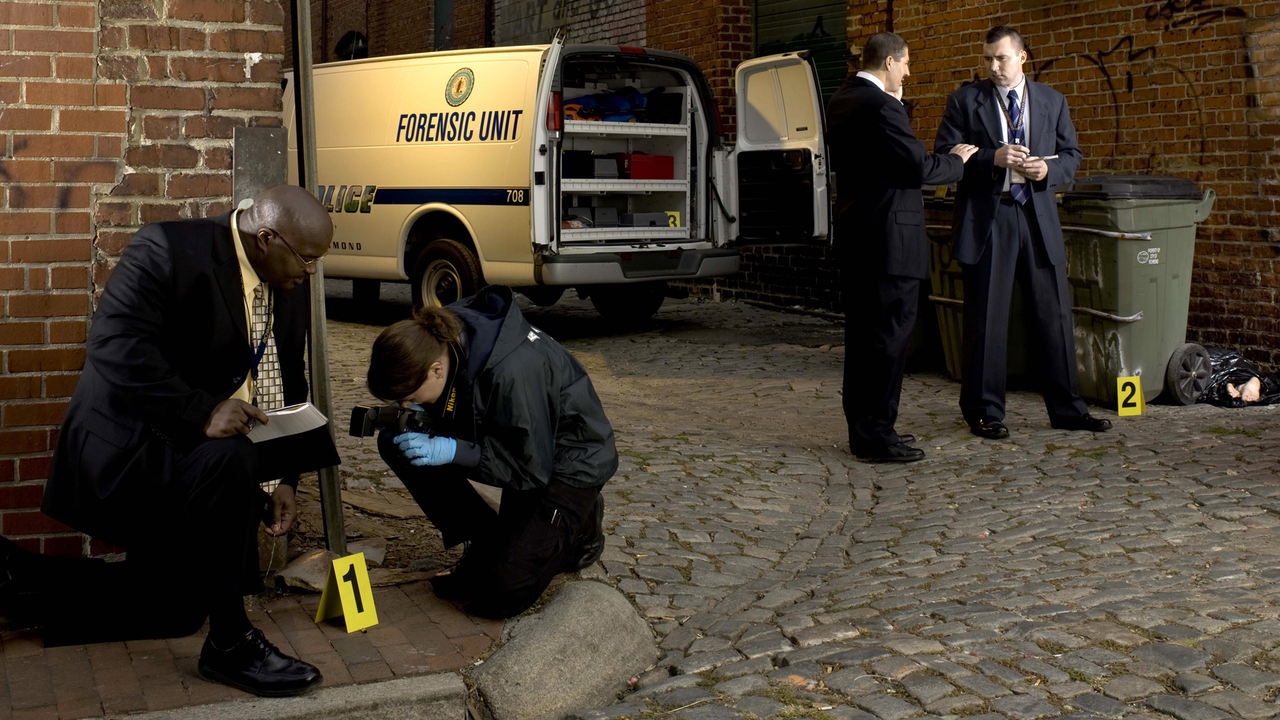30 Jul 2023
- 0 Comments
The Intricacies of Hit-and-Run Cases
If you've watched enough crime shows, you may have come across a number of hit-and-run scenarios. You know, where the driver hits something or someone, panics, and high tails it out of there, leaving behind a baffling whodunit for brilliant (and generally very broody) detectives to solve. It's thrilling stuff on television but in real life, victims and authorities often face a baffling question - how often are hit-and-run cases actually solved?
Now, I might not be a broody detective with an impeccably timed sense of sarcasm, but I've done a fair bit of research into the success rates when it comes to hit-and-run cases. And off the bat, let me tell you, the stats aren't as glamorously reassuring as TV makes it out to be. But then again, last time I checked, CSI didn't have to deal with Toronto weather, so who's really the winner here?
Dissecting the Numbers
Before we dive into whether or not hit and run cases get cracked, it's essential to have an understanding of how frequently these incidents occur. According to recent studies, hit-and-run cases have been on a steady rise over the past few years. Bystanders and motorists morph into sudden Riddlers, leaving behind a puzzle instead of staying to face the music. It's a growing issue worldwide, and here in Canada, we are not exempt from this worrying trend.
Now, let’s talk about crunching those numbers. Solving rate, the percentage of hit-and-run cases that lead to an arrest, elicits a collective sigh from police departments worldwide. Depending on various factors such as location, time of day, and witnesses, this percentage can vary. However, it's safe to say that the odds of catching a hit-and-run perpetrator are not strikingly high.
The Challenges Behind Solving Hit-and-Run Cases
Coming to the question at hand - why aren't more hit-and-run cases solved? Well, the reasons are as many as the traffic lights in downtown Toronto on a rainy day. Hit-and-run investigations are complex and require extensive resources, time, and, often, a bit of luck. It all begins at the scene, where evidence is often scant and reliable witnesses are equally scarce.
Firstly, getting accurate descriptions of the vehicle, let alone the driver, can be incredibly tough. Memories can be hazy or influenced by shock. Secondly, proving who was driving the vehicle at the time of the incident can be nightmarishly challenging. And that's just the tip of the titanic iceberg of challenges!
Eyewitness Accounts - A Double-Edged Sword
You'd think eyewitness accounts would be a silver lining in these dark clouds, right? Unfortunately, they can be more of a "reflective traffic vest" than a silver lining. Eyewitness testimony, although invaluable at times, comes with its own set of challenges. Which brings me to the time I tried identifying the guy who swiped my bike from outside my favorite Toronto diner - all while I had a face full of poutine!
The nerves, adrenaline, and the speed of the situation all add up to blur my memory, and voilà, you have the perfect recipe for an unreliable witness. Now, imagine extrapolating that to a fast-moving vehicle situation. Even if there's a fleet of eyewitnesses, the chances of them all accurately describing the suspect and the vehicle are low.
The Vital Role of CCTV and Other Technology
World, meet technology. Technology, meet your chance at being the hero of this story. One way authorities are trying to increase the solving rate of hit-and-run cases is through technology, particularly surveillance cameras. There's been a shift towards relying on video footage rather than shaky memories to identify perpetrators.
And it’s not just the CCTV that’s playing the part of Sherlock; advancements in technology have presented tools like geofencing and telematics. They help in obtaining a wealth of data about a vehicle's location and its driving behavior when a crash occurs. They might not hit the mark every time, but it still helps to have these modern-day Sherlocks on the case!
Making Strides with Community Involvement and Legislation
Involving the community in these cases has seen an uptick in recent years. Social media platforms and local news can sometimes prove to be a game-changer. It's like having an army of volunteer detectives at your disposal, sifting through the facts, one share at a time.
Recently, stricter legislation has been put in place in many regions, aiming to deter individuals from fleeing the scene. The good news here is that these laws are beginning to show some positive results. The combination of penalties, jail time, and increased insurance rates present the hit-and-run perpetrators with much to lose, making them think twice about flooring that gas pedal.
All jokes and anecdotes aside, hit-and-run incidents are no laughing matter. They can lead to severe - sometimes even fatal - consequences, and it pains me to observe that the odds of bringing justice to the victims are not always favorable. As we navigate through these tricky lanes, let's hope that advancements in technology, tightening legislation, and community vigilance can help increase the solving rate of hit-and-run cases significantly in the future.

Submit a Comment